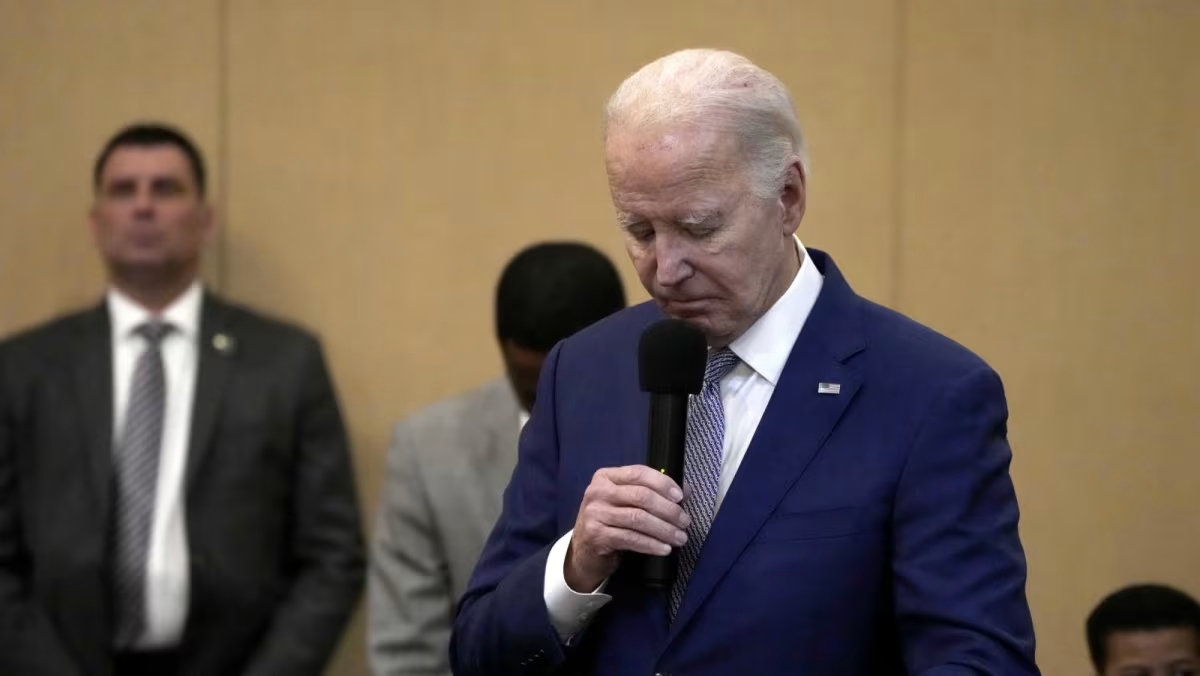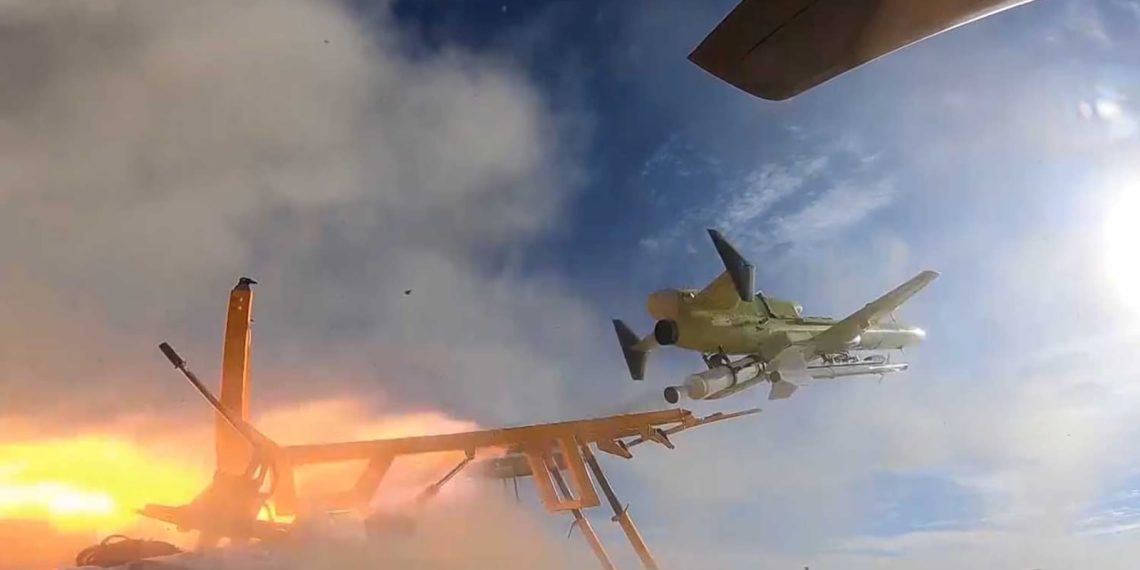The United States is poised to deliver a more potent response to the recent drone attack in Jordan that claimed the lives of and injured American service members, surpassing the scale of previous retaliatory strikes in Iraq and Syria, according to officials.
Despite the escalating attacks by Iran-backed militants on US military installations in Iraq and Syria, the Biden administration faces the delicate task of crafting a robust response to the deadliest assault since the withdrawal from Afghanistan, without triggering a broader regional conflict.
President Joe Biden is confronted with mounting pressure to quell these attacks definitively, with some Republican lawmakers advocating for direct strikes within Iran to convey a decisive message. The challenge lies in formulating a response that effectively addresses the drone strike, while avoiding the risk of sparking a full-scale war in the region.
The US has previously conducted strikes targeting weapons depots of Iranian proxies in Iraq and Syria, yet such actions have failed to deter the militants. Retired Lt. Gen. Mark Hertling emphasized that the deaths of US service members have crossed a red line for the president, indicating an anticipated more robust response that may not be limited to a specific country or timeframe. However, officials suggest that a direct strike within Iran is unlikely.
Secretary of State Antony Blinken highlighted the heightened danger in the Middle East, stating that the situation is as precarious as it has been since at least 1973. Blinken noted that the US response could involve multiple levels, unfold in stages, and be sustained over time.
Potential options for the Biden administration include striking militant groups in Iraq or Syria, targeting regional militias’ leadership, or even launching an offensive cyberattack. Officials are cautious about revealing specifics about the drone’s origin or the responsible militants to maintain an element of surprise in the US response

While holding Iran accountable for the attacks due to its support for proxy groups, there is no clear evidence that Iran explicitly directed the deadly drone attack, and the Iranian government has denied involvement. The attack, similar to previous ones, was executed by Iran-backed militants, with the only distinction being its success in hitting a housing container at the US base, causing casualties.
The US, while emphasizing it does not seek war with Iran, aims to de-escalate tensions in the region. However, a proportionate and limited retaliatory approach could be perceived as weak by Iran and its proxies. Iran’s strategic investment in regional proxies has allowed it to exert influence in the Middle East, contributing to anti-US sentiments and calls for the withdrawal of American military presence.





